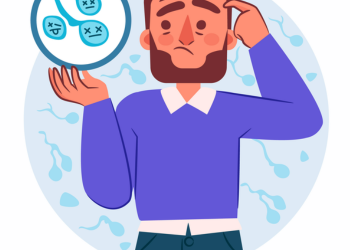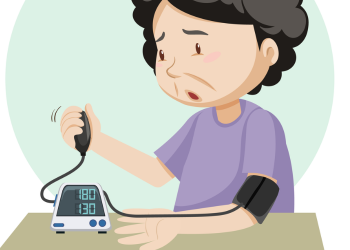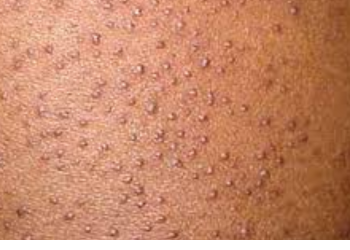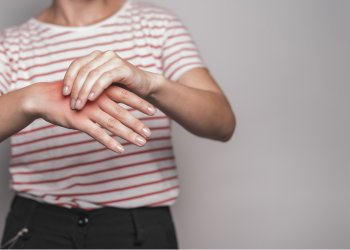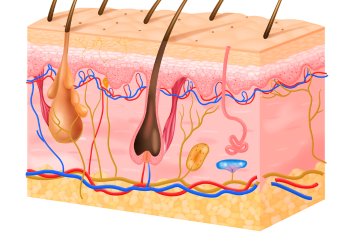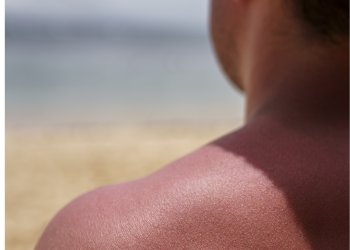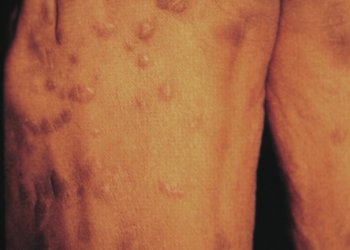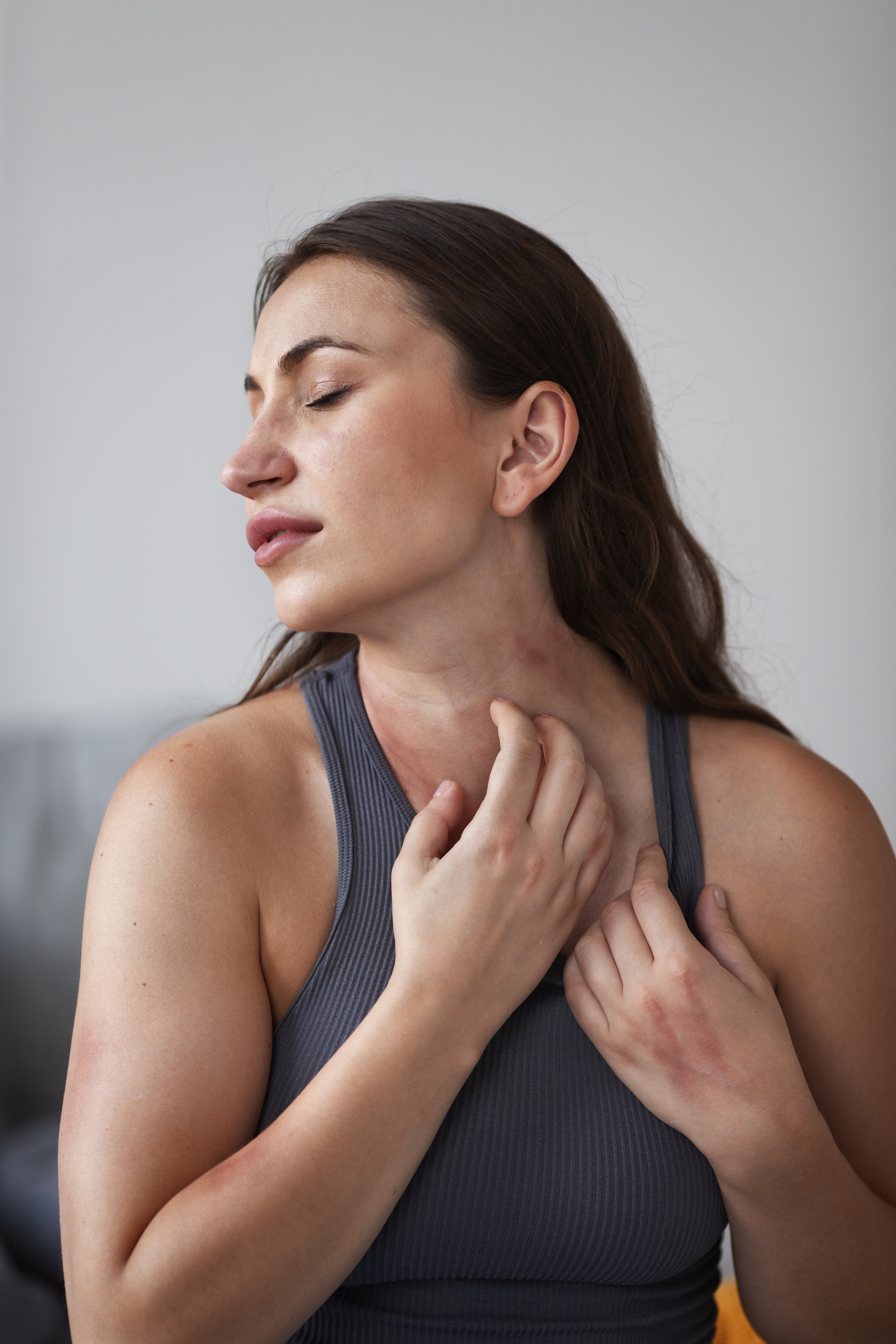
Hives, also called urticaria, are a skin
reaction that causes itchy welts. Chronic hives are welts that last for more
than six weeks and return often over months or years.
The welts often start as itchy patches that
turn into swollen welts that vary in size. These welts appear and fade at
random as the reaction runs its course. Each individual welt typically lasts
less than 24 hours.
Chronic hives can be very uncomfortable and
interfere with sleep and daily activities.
Symptoms of chronic hives include:
Batches of welts, called weals, can arise anywhere
on the body.
Welts that might be red, purple, or skin-coloured,
depending on your skin color.
Welts that vary in size, change shape, and appear
and fade repeatedly.
Itchiness, also called pruritus, can be intense.
Painful swelling, called angioedema, around the
eyes, cheeks or lips.
Flares are triggered by heat, exercise, or stress.
Symptoms that persist for more than six weeks and
recur often and anytime, sometimes for months or years.
CAUSES
The welts that come with hives are caused by the
release of immune system chemicals, such as histamine, into your bloodstream.
It's often not known why chronic hives happen or why short-term hives sometimes
turn into a long-term problem.
The skin reaction may be triggered by:
Heat or cold.
Sunlight.
Vibration, such as that caused by jogging or using
lawn mowers.
Pressure on the skin, as from a tight waistband.
Medical conditions, such as thyroid disease,
infection, allergy and cancer.
RISK FACTORS
These include infection, thyroid disease, allergy,
cancer, and swelling of the blood vessels, called vasculitis
Chronic hives don't put you
at sudden risk of a serious allergic reaction, called anaphylaxis. If you do
get hives as part of a severe allergic reaction, seek emergency care. Symptoms
of anaphylaxis include dizziness, trouble breathing, and swelling of the
tongue, lips, mouth or throat.
PREVENTION
To lower your likelihood of getting hives,
Avoid known triggers.
Bathe and change your clothes. If pollen or
animal contact has triggered your hives in the past, take a bath or shower and
change your clothes if you're exposed to pollen or animals.
DIAGNOSIS
To diagnose chronic hives, talk about your symptoms
and the look of your skin. One of the telling features of chronic hives is that
the welts come and go at random, with each spot usually lasting less than 24
hours. You might be asked to keep a diary to keep track of:
Your activities.
Any medicines or supplements you take.
What you eat and drink.
Where hives appear, and how long it takes a welt to
fade, and whether it leaves behind a bruise or other mark.
Whether your hives come with painful swelling.
Self-care
Chronic hives can go on for months and years. They
can interfere with sleep, work, and other activities.
Avoid
triggers. These can include foods, medicines, pet dander, latex and insect
stings, and pollens. Some studies suggest that stress or fatigue can trigger
hives.
Apply cold. Soothe the skin by covering the
itchy area with a cold washcloth or rubbing an ice cube over it for a few
minutes.
Take a comfortably cool shower or bath. Some
people might relieve itching in the short term by taking a cool shower or bath.
Try sprinkling the bath water with baking soda or oatmeal powder
Try a cream with menthol for a soothing effect.
Wear loose, smooth-textured cotton
clothing. Avoid wearing clothing that's rough, tight, scratchy, or made
from wool.
Protect your skin from the sun. Liberally
apply sunscreen about half hour before going outdoors. When outdoors, seek
shade to help relieve discomfort.
Track your symptoms. Keep a diary of when and
where hives occur, what you were doing, what you were eating, and so on
HOMEOPATHIC MEDICINE
Urtica urens
Astacus fluvitalis
Bovista
Homeopathy can treat your symptoms in acute
urticaria and can act as a curative treatment in chronic urticaria. Homeopathy
mostly depends on symptoms and triggers to treat the condition successfully





